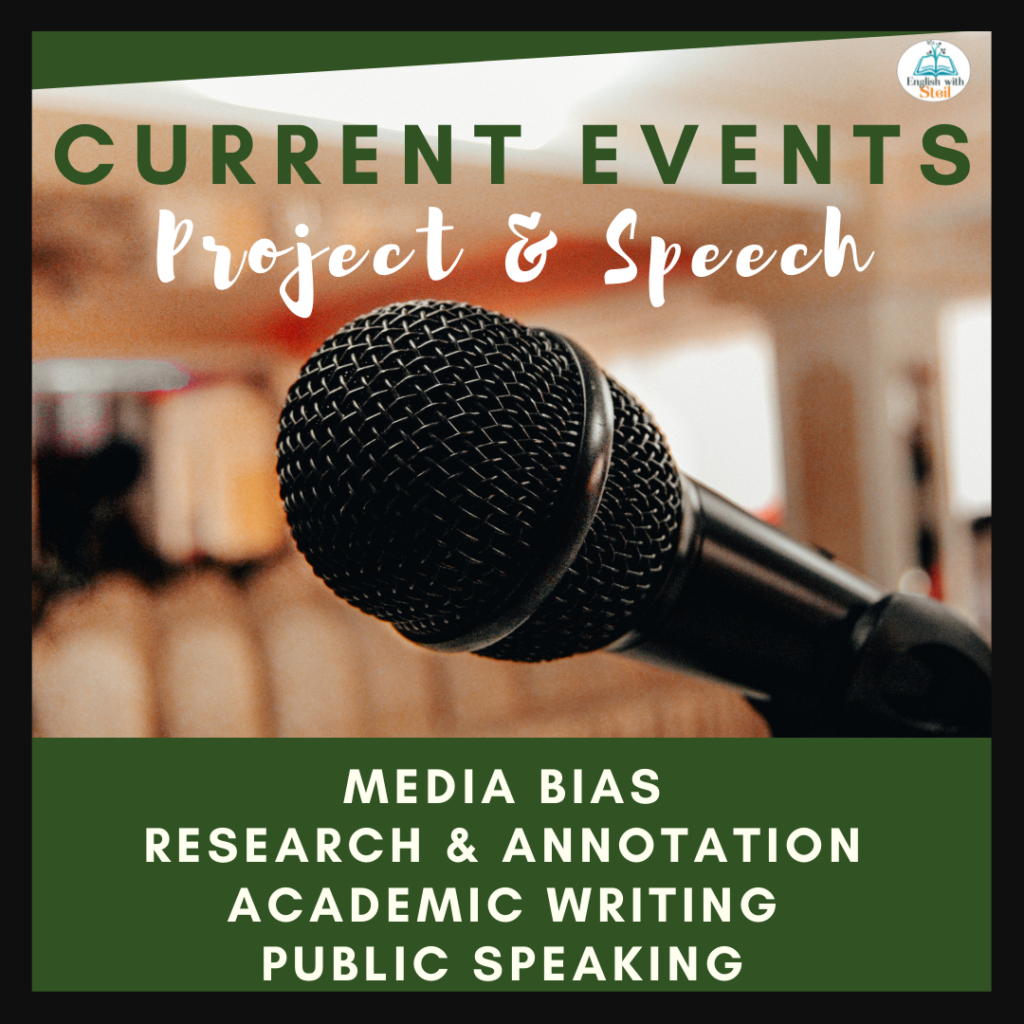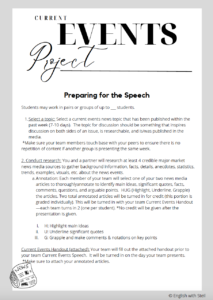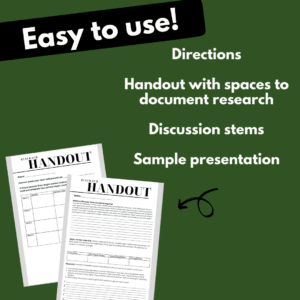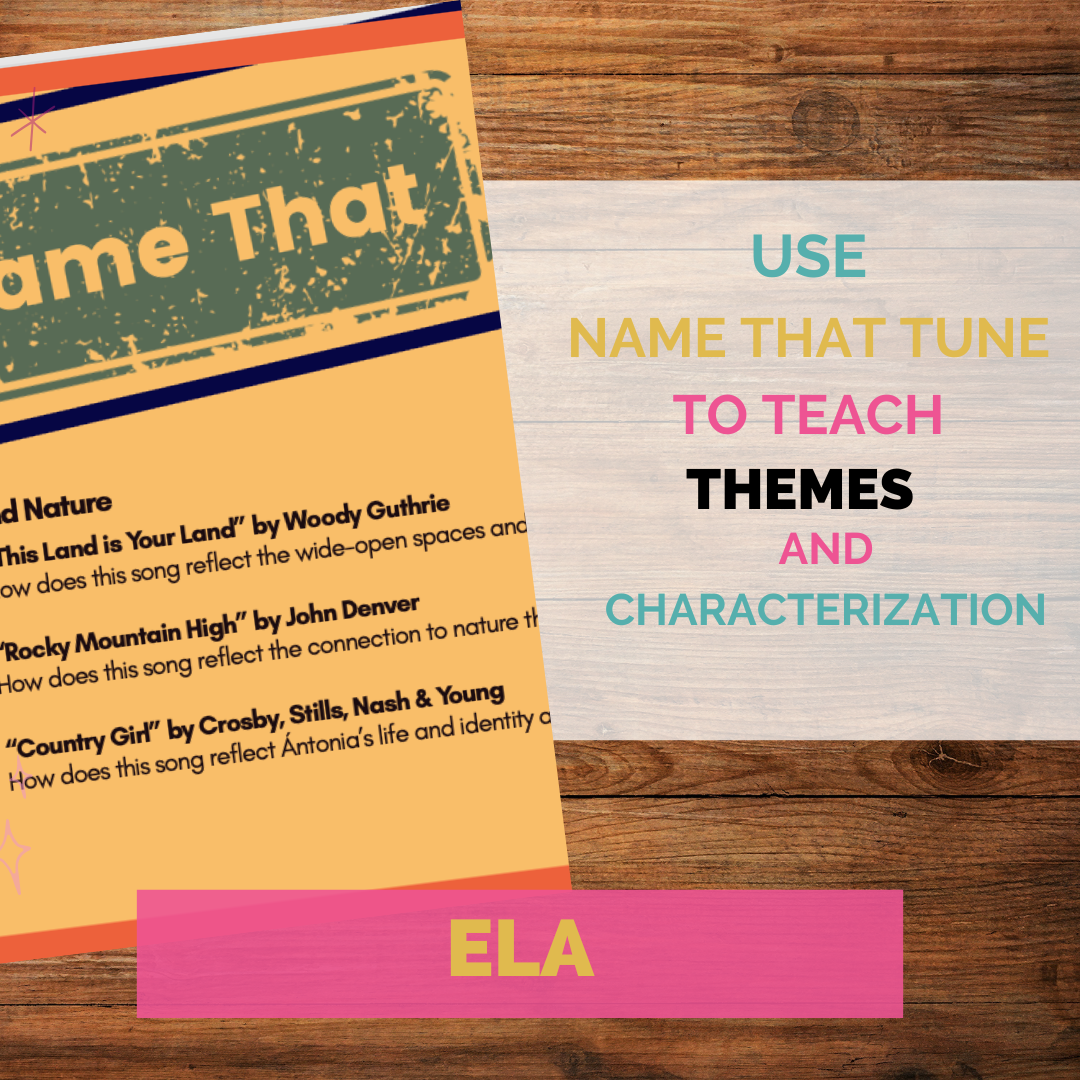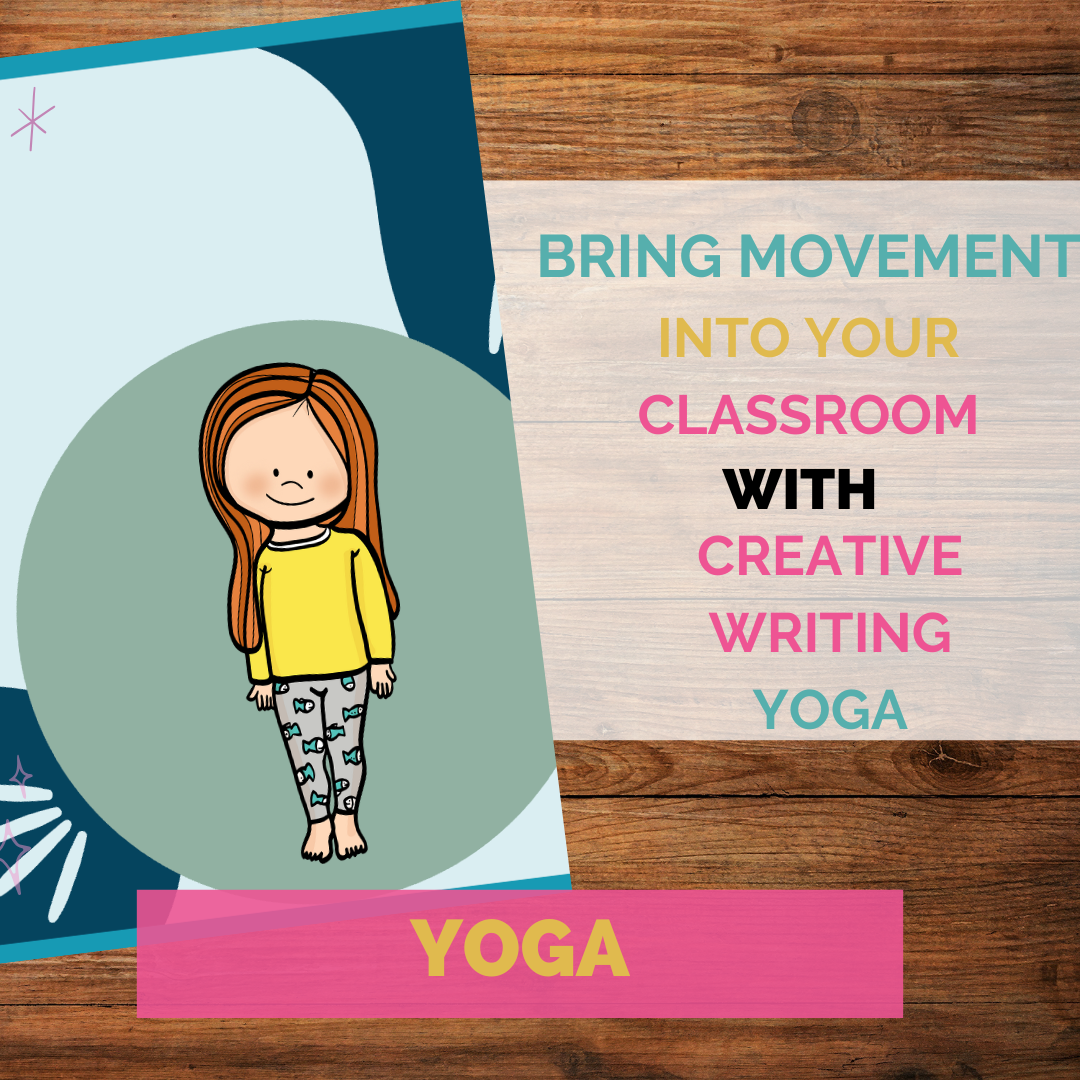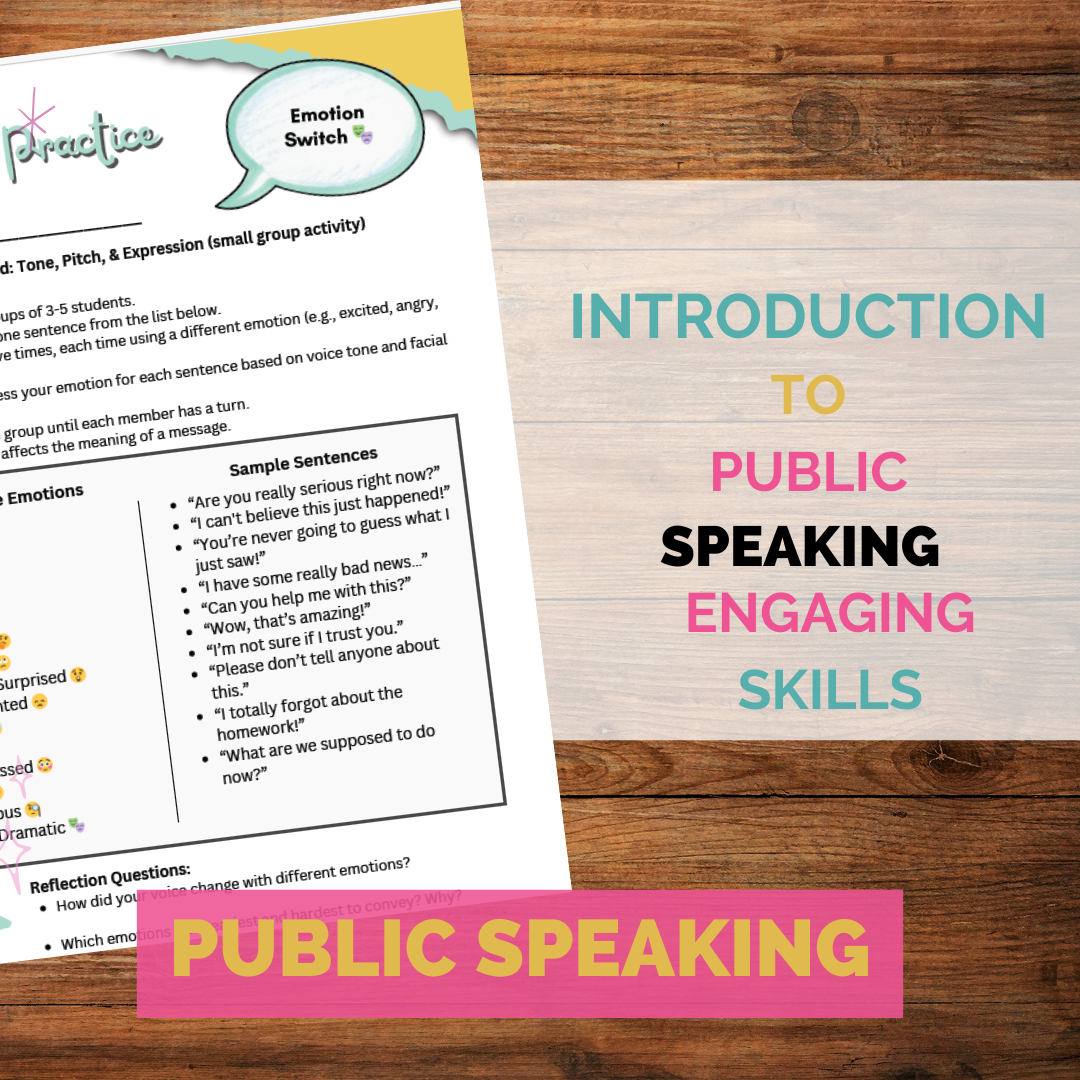In a world where information travels at lightning speed, staying informed about current events has never been more important. While foundational subjects like math and science remain critical, integrating current events into the curriculum equips students with the skills and awareness needed to navigate an increasingly complex world. This article explores why current events should have a place in the classroom and how they can enrich students’ education.
Bring Current Events to Your Classroom
1. Relevance to Real-Life
Current events bridge the gap between classroom learning and the real world. They allow students to see how abstract concepts from subjects like history, economics, and science are applied in everyday scenarios. For example, discussing the role of supply chains during a global crisis can make economic theories more tangible. When students understand the practical implications of what they’re learning, they feel more engaged and motivated, making their education more meaningful and relevant.
2. Developing critical thinking skills
Teaching current events encourages students to think critically about complex issues. By analyzing real-world situations, evaluating multiple perspectives, and forming informed opinions, students develop essential problem-solving and decision-making skills. For instance, exploring debates around climate policies can teach them how to weigh evidence and consider long-term implications, skills that are valuable both academically and in life.
3. Promoting civic engagement
Discussing current events helps students become informed citizens who understand their role in society. They gain insights into global and local issues, from voting rights to environmental conservation. Encouraging students to voice their ideas and concerns not only empowers them but also fosters a sense of responsibility. These discussions can inspire students to participate in community initiatives, write to policymakers, or engage in activism.
4. Enhancing Communication Skills
Current events provide a platform for students to articulate their thoughts, listen actively, and engage in constructive debates. Whether writing essays, participating in group discussions, or delivering speeches, these activities sharpen their ability to express ideas clearly and confidently. Strong communication skills are not only vital in academics but also in personal and professional relationships.
5. Building Empathy and Perspective
News stories often showcase human triumphs and struggles. Discussing these stories allows students to develop empathy and gain a broader understanding of global and cultural diversity. For example, exploring the experiences of refugees or communities affected by natural disasters encourages students to appreciate different perspectives and cultivate compassion for others.
6. Encouraging Critical Media Literacy
In the age of fake news and misinformation, teaching students to critically evaluate media is essential. Current events lessons can guide students in identifying credible sources, recognizing bias, and questioning the accuracy of information. These media literacy skills empower students to navigate the information landscape with confidence and discernment.
7. Stimulating Interest in Global Affairs
By introducing international news stories, teachers can ignite curiosity about global issues and cultures. Discussions about events such as international summits, scientific discoveries, or humanitarian efforts encourage students to explore the world beyond their immediate surroundings. This global awareness fosters a deeper understanding of interconnectedness and mutual responsibility.
8. Practicing Respectful Discourse
A diverse classroom is the perfect setting for teaching students how to engage in respectful discussions about sensitive topics. Current events provide opportunities to model and practice civil discourse, where students can share differing opinions while maintaining a respectful tone. This not only creates a positive classroom environment but also prepares students for constructive dialogue in real-world scenarios.
9. Addressing Contemporary Challenges
Current events highlight pressing issues like climate change, racial inequality, and economic disparities. By discussing these topics, teachers empower students to think critically about solutions and take meaningful action. For example, exploring sustainability efforts can inspire students to develop eco-friendly projects or participate in environmental advocacy.
10. Preparing for Future Careers
In many fields, from journalism and law to business and international relations, staying informed about current events is a crucial skill. Understanding global and local issues gives students a competitive edge and prepares them for future success. By incorporating current events into lessons, educators equip students with the knowledge and awareness needed to excel in their chosen careers.
Final Thoughts
Integrating current events into the classroom is a powerful way to enhance students’ education. It fosters critical thinking, communication, empathy, and civic engagement while preparing students to become informed, active participants in their communities and the wider world. By teaching current events, educators not only enrich academic learning but also inspire students to think deeply about their roles in shaping the future. Let’s make current events an essential part of every classroom—our students and society will be better for it.
